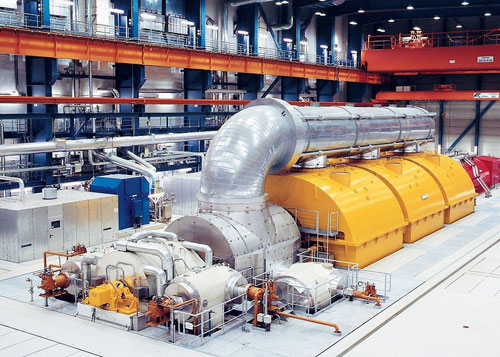
The utilization of Carbolosic technology in Vietnam promises to bring great benefits as it turns biological waste into valuable products.
 |
| The utilization of Carbolosic technology is expected to bring big benefits. |
The utilization of Carbolosic technology in Vietnam promises to bring great benefits as it turns biological waste into valuable products.
The Ministry of Science & Technology (MST) has signed an MOU on transferring technology and building an agricultural waste treatment plant worth $100 million.
How to take full advantage of by-products and agricultural products is always a concern of manufacturers and scientists. There are many technologies which address the issue. However, these solutions have disadvantages.
In Vietnam, after harvesting, waste products are buried in microbial treatment or burnt. These methods not only are ineffective but also cause air and soil pollution.
Carbolosic technology, developed by scientists at the University of Central Florida (USA), can basically solve these problems.
Walsh Joseph John, the inventor of the technology, said that Carbolosic technology essentially uses cellulose hydrolysis of agricultural biowaste such as bagasse, straw, grass, and corn cobs to produce petrol, electricity, sugar, ethanol, microbiological fertilizer and activated carbon.
The users of the technology can change modules to create hundreds of products of different kinds, depending on what products they want.
The big advantage of the production line is that it comprises separate modules, while the treatment system is movable, i.e. it can be brought to harvesting sites to work on the spot, thus helping reduce production cost.
In fact, cellulose hydrolysis is not a new technology. It first appeared 20 years ago with solutions using chemicals and solvent. The big disadvantage of the solutions is that they required high costs. Carbolosic requires low cost while it is friendly to the environment.
Air biofuel can be made from from cellulose biomass through sugar separation, fermentation, water extraction and oligomerization. The scientists from the University of Central Florida have proposed combining the CTS (cellulose to sugar) process with fermentation and chemical processing to obtain this biofuel.
Technology transfer
According to Nguyen Thi Thu Hien, chair and CEO of IMG Innovation, one of the partners receiving technology transfer, investors are paying special attention to Carbolosic because it can get the best out of waste products and by-products from agricultural production.
The outstanding advantage of Carbolosic technology is high economic efficiency. It costs 0.5 US cent to turn one kilogram of biowaste into sugar. Water hyacinth and leave humus, one of the causes of forest fires, could also be input materials.
The technology is also flexible. By adjusting the number of turns, and the rotational speed of the device, different products can be created. Manufacturers will determine which products to make with the same production line after considering market demand.
(Source: Vietnamnet)





